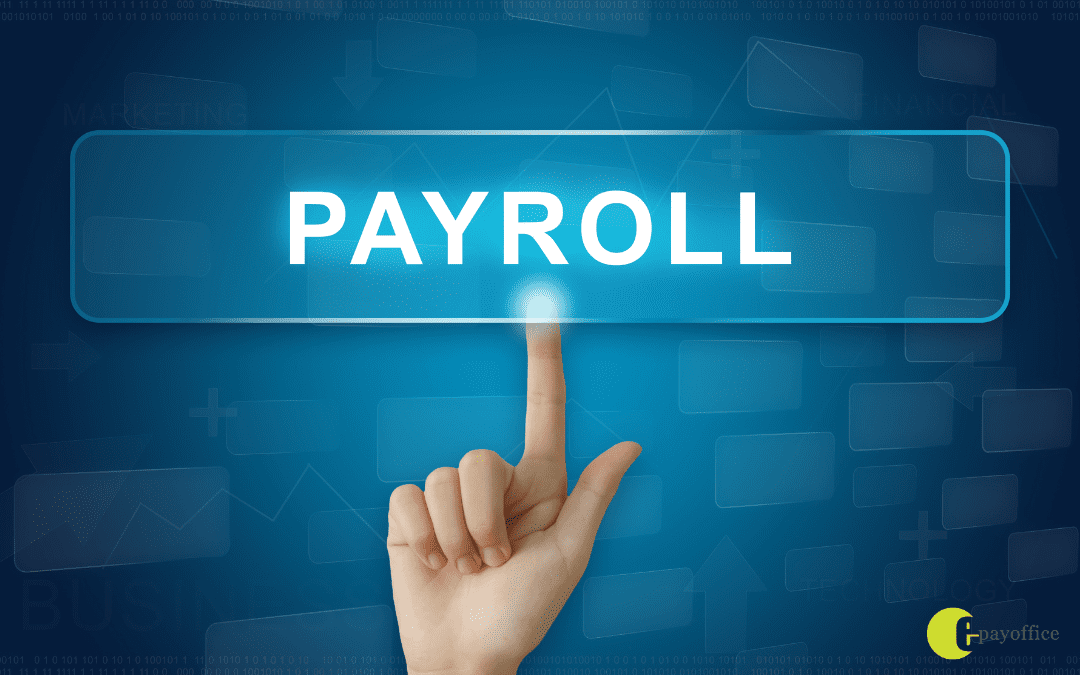The Australian Taxation Office (ATO) is using data from Single Touch Payroll (STP) Phase 2 to scrutinise superannuation guarantee (SG) contributions more closely than ever before. This increased visibility allows the ATO to monitor SG payments in real-time and identify non-compliance with greater precision.
Key Takeaways:
- Timely Payments are Essential: The ATO now tracks contributions monthly and quarterly, identifying late or missed super payments. Payments must be processed on or before the due date. Ensure that your commercial clearing house processes payments promptly to avoid penalties.
- Accurate Reporting is Critical: Discrepancies in reporting SG contributions can raise red flags with the ATO’s data-matching technology. Ensure your superannuation contributions are accurately reported and paid.
- Ignorance Won’t Be an Excuse: The ATO is proactively identifying non-compliance, so it’s essential to stay informed about your SG obligations. Businesses need to double-check their processes to avoid costly mistakes.
The expanded use of STP Phase 2 data means the ATO can spot non-compliance faster than ever before, so it’s crucial for employers to stay ahead of their superannuation obligations.
With STP 2 now well underway, the Australian Government has announced that from 1 July 2026, employers will be required to pay superannuation for their employees at the same time as paying their salary and wages, commonly known as Payday Super.
At this stage, this is not yet law, however it is expected that superannuation contributions will need to be paid within 7 days of the employee being paid. There will be revised choice of fund rules, there will possibly be a change to the Maximum Superannuation Contributions Base (as this is currently a quarterly cap) as well as updates to the Superannuation Guarantee Charge.
Along with Payday Super, the Small Business Clearing House will cease to operate from 1 July, 2026 and the Superfunds will have only 3 days to advise of returns (down from 20).
Source – ATO


